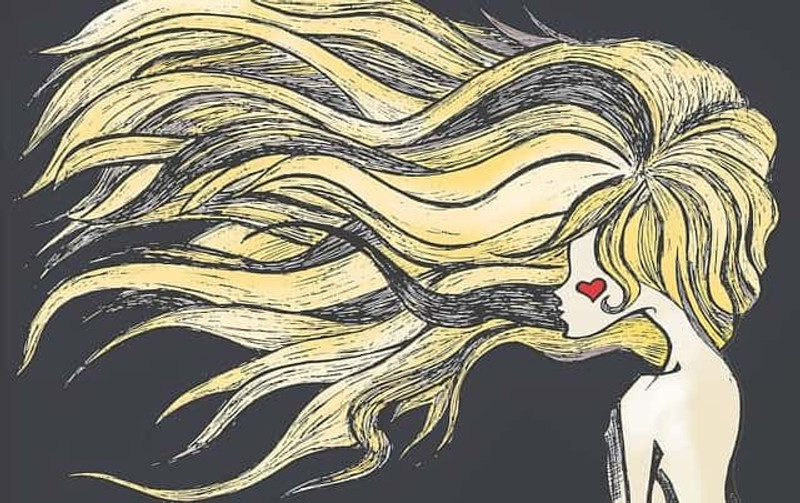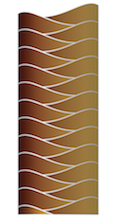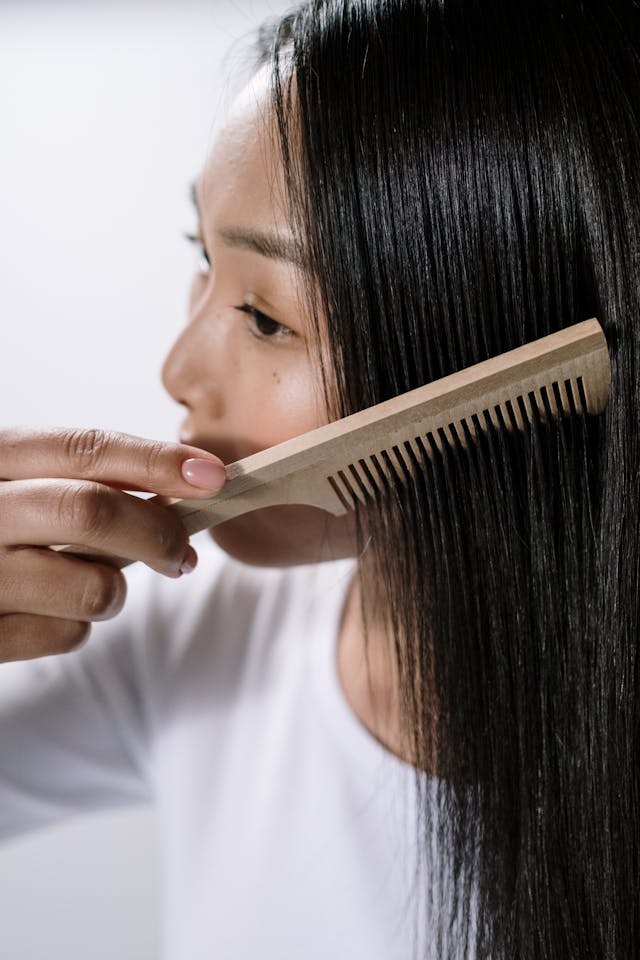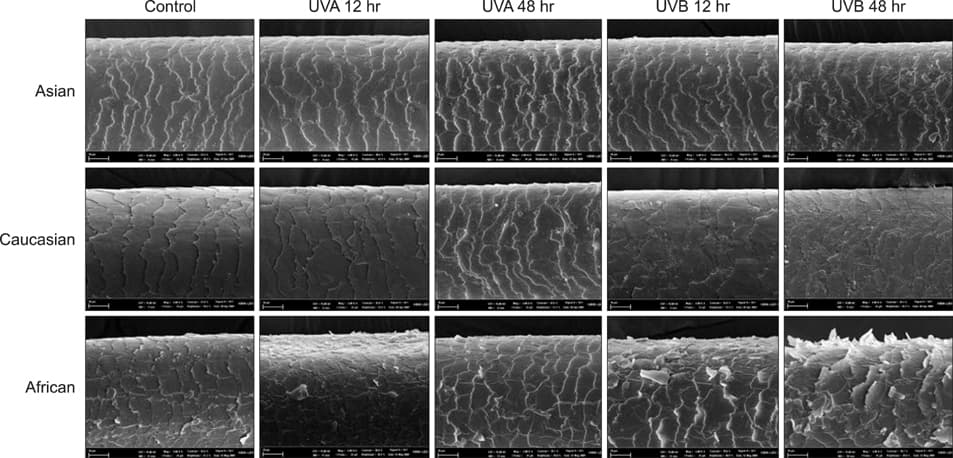
How Hair Conditioners Work
Published by Anne Altor on Jun 24th 2024
How Hair Conditioners Work
Did you ever wonder what it is about conditioner that makes your hair combable, manageable or detangled? In this post, we introduce the science behind hair conditioners: what they are, what they do and how they do it. Knowing how hair conditioners work helps formulators to choose ingredients for their products and can help you choose products that will work well for your hair.
Sources of the information in this post include: Hair Cosmetics, an Overview, A Complete Guide to Creating Hair-care Products (Susan Barclay Nichols), and Conditioning Agents for Hair and Skin.
External Hair Structure

The cortex of the hair shaft is covered with a protective cuticle made up of ~6 to 10 layers of scales. The cuticle layer itself is coated with a thin layer of lipids (fatty acids and waxy esters) that reduce friction between hair strands, repel water and help to protect the hair shaft from damage.
Over time as the hair is exposed to stressors such as sunlight, chemical treatments and physical abrasion from brushing, flat or curling irons etc, the lipid layer wears away and the cuticle roughens. Once the cuticle is damaged, the rest of the hair shaft becomes vulnerable. The job of hair conditioners is to help protect the cuticle, and thus the entire hair strand.
Results of exposure to UV radiation in different hair types. Notice how the cuticle changes. SEM photo by Jae Hong Ji, Tae-Sik Park, Hae-Jin Lee,1 Yoon-Duk Kim, Long-Quan Pi, Xin-Hai Jin and Won-Soo Lee, CC BY-SA 3.0, via Wikimedia Commons

Functions of Conditioner
Why do we condition our hair? Some goals of hair conditioner are to:
- Improve combability
- Restore the lipid layer on the cuticle
- Make hair more manageable
- Improve shine and smoothness
- Minimize frizz
- Protect the hair shaft from damage
Types of Hair Conditioning Agents
Conditioning agents fall into broad categories defined by how they act on the hair and skin. Major categories include:
Occlusives
Occlusive substances form a film on the hair shaft that traps moisture inside the hair and helps keep it there. Examples of occlusives include silicones (such as dimethicone) and shea butter. We don't use synthetic silicones in One Earth conditioner bars; instead we use bamboo extract, which contains natural silicone-like compounds. The reason we don't use synthetic silicones is that they create buildup on the hair and can persist in and pollute the environment.
Humectants
Humectants attract water, helping it adhere to and be absorbed by the hair. This helps make the hair soft, gives it bounce and helps define curls. Humectants used in hair care include glycerine, sodium lactate and panthenol.
Emollients
Emollients lubricate the hair, fill gaps between cuticle cells and help protect the hair from damage. Many substances act as emollients, including plant butters, oils, waxes, fatty alcohols and squalane. More is not always better with emollients (or any of the categories described here). For example, too much cocoa butter, mango butter or shea butter can weigh down the hair and leave it feeling greasy. Different hair types (and hair days!) need different types and quantities of emollients.
Cationic Compounds
Cationic compounds are positively-charged molecules. Why do we want positively charged molecules in our conditioner? Hair naturally has a negative electrical charge, because the keratin proteins that make up the hair are negatively charged molecules. Oils secreted by the sebaceous glands coat the hair and reduce its overall negative surface charge. "Undamaged" hair with healthy structure and natural oils has a less negative charge than damaged hair in which the surface proteins of the cuticle are exposed. The positive charge of cationic compounds causes them to bond to the negatively charged hair surface. In hair care, this characteristic is called "substantivity." The result is that cationics provide the hair with a protective coating. This only lasts until the next shampoo, which removes the conditioner from the hair. Some common cationic compounds are behentrimonium methosulfate and cetrimonium chloride. The more damaged the hair is, the greater the negative surface charge and the more cationic compound will deposit on the hair. Benefits of cationic conditioners include reducing static, improving combability, and protecting the hair shaft without weighing down the hair.
A Word on pH
Human hair and skin have a low surface pH, generally between around 4.5 and 5.5. Hair products should have a pH within the range of our hair and skin's natural pH. This helps to protect the hair cuticle and the acid mantle of the skin. An alkaline pH (above neutral, or pH 7) can damage the hair structure, leading to breakage and buildup, and can irritate the scalp and skin.
Summary
There are many considerations when formulating or choosing a hair conditioner. For example, hair type and condition, scalp issues or needs, frequency of use and desired outcomes are all important factors. At One Earth, we use ingredients from all of the categories above (occlusives, humectants, emollients and cationic compounds in our conditioner bars. We use cationic compounds and fatty alcohols (emollients) in all of our bars (in different proportions for different hair types. Our bars for dry hair contain the maximum amount of rich butters (cocoa, mango and / or shea butter) that we can use without creating a heavy product. Our bars for medium hair contain a lighter amount of butters, and our bars for oily hair do not contain any plant butters.
Want a Deeper Dive?
To learn more about the ingredients in One Earth Conditioner Bars, and to understand how shampoo works, check out some of our other blog posts:

